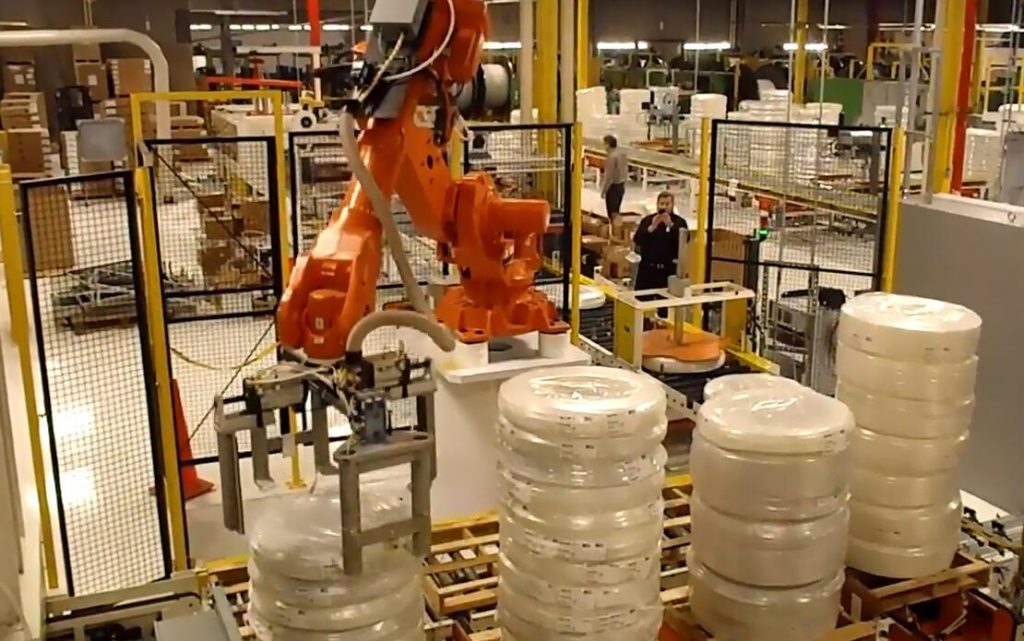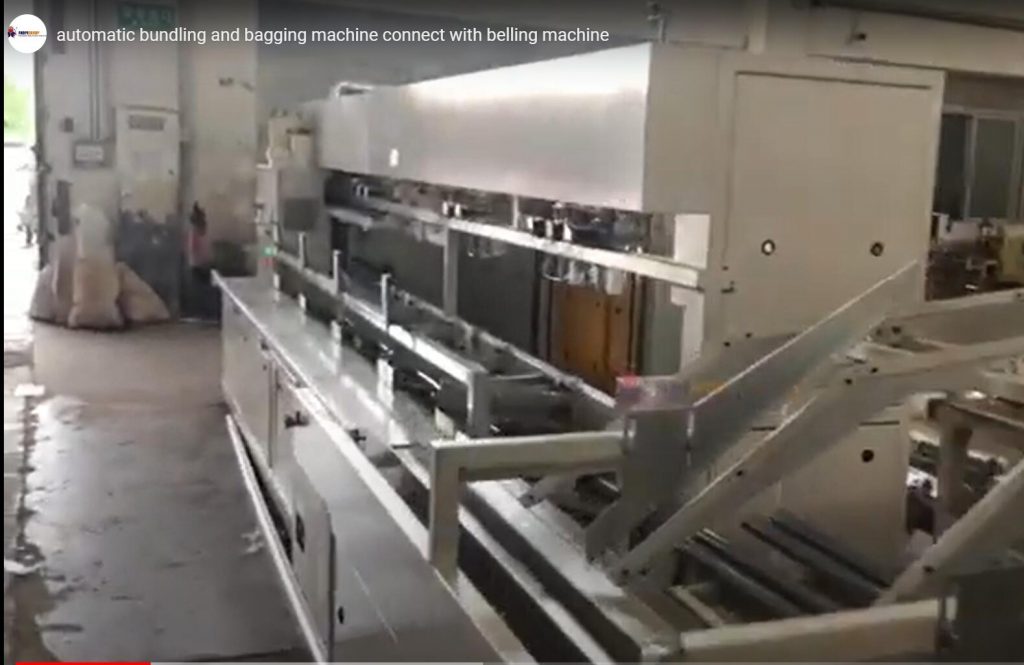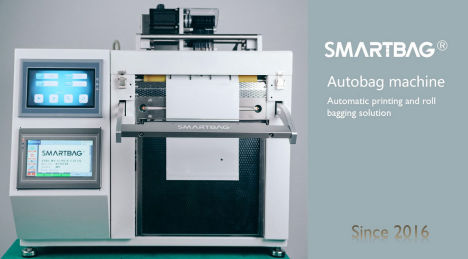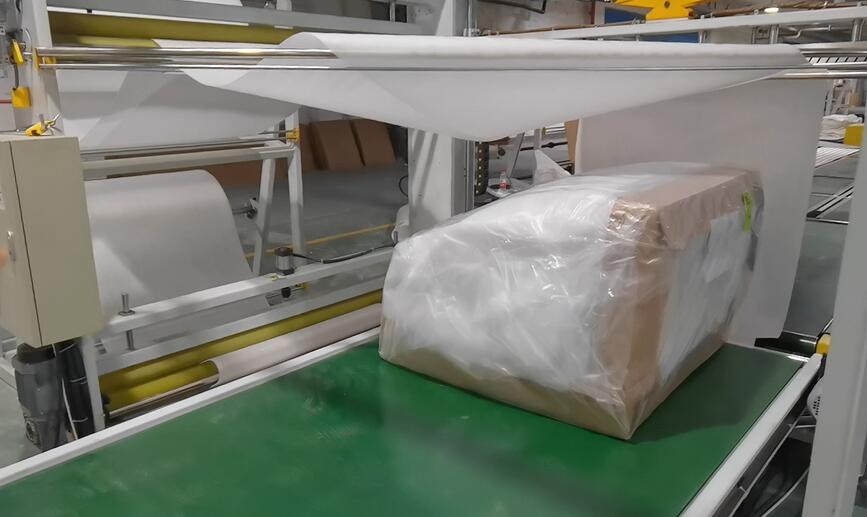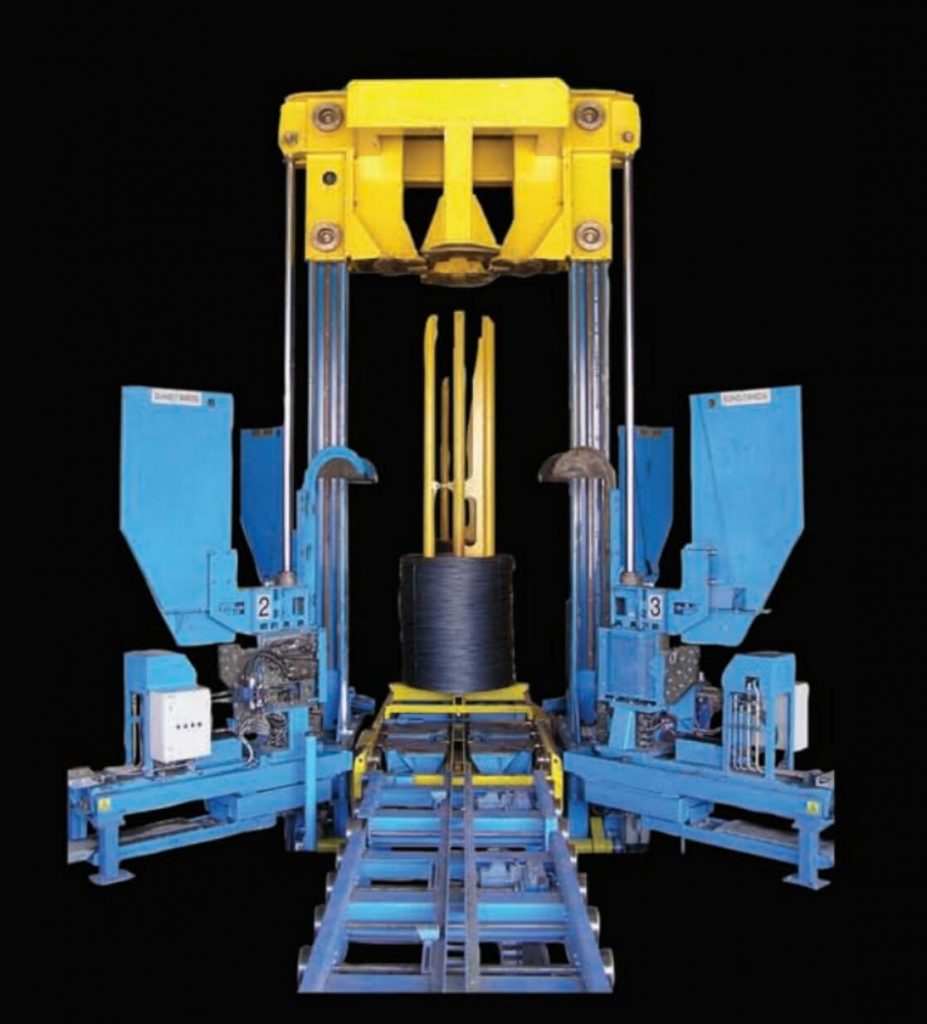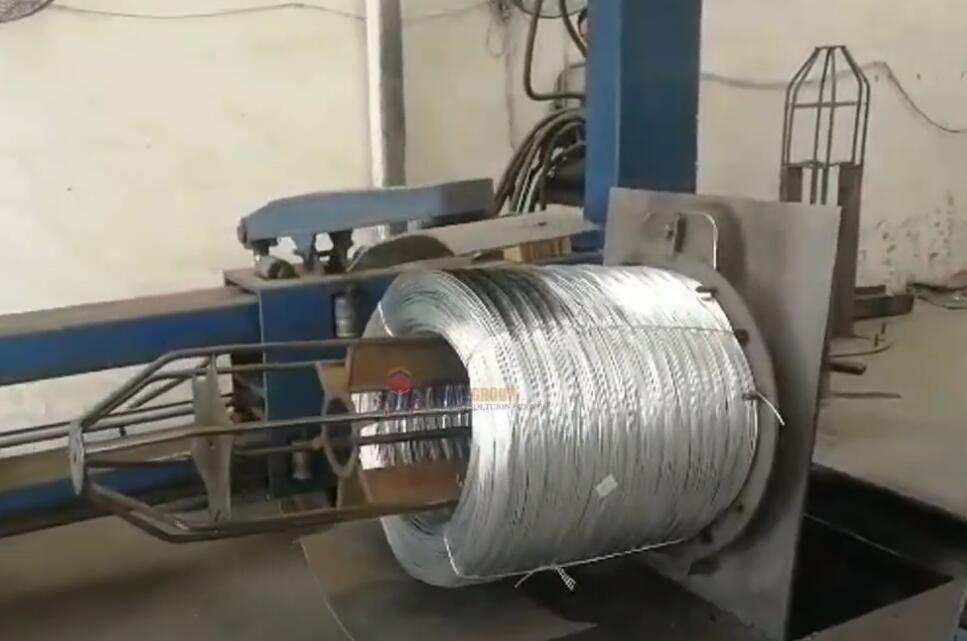Streamlining Structural Steel Handling: An In-Depth Look at Automated Profile Stacking Lines
The efficient handling and processing of structural steel profiles remain a critical bottleneck in many fabrication shops and steel service centers. Manual stacking methods are not only labor-intensive but also pose significant ergonomic risks and potential for material damage. Addressing these challenges head-on, the automated Steel Profile Stacking Line represents a significant advancement in material handling technology, delivering measurable improvements in productivity, safety, and operational efficiency.
The Persistent Challenges of Manual Steel Profile Handling
Traditional methods for organizing and stacking steel profiles like angles, channels, beams, and bars often involve considerable manual effort. Key drawbacks include:
- High Labor Costs: Significant manpower is required for sorting, lifting, and arranging heavy steel sections.
- Ergonomic Risks: Repetitive lifting and handling of heavy, awkward loads increase the risk of musculoskeletal injuries among workers, impacting workforce availability and potentially leading to compensation claims (aligned with OSHA guidelines on ergonomic hazards).
- Material Damage: Manual handling increases the likelihood of scratches, dents, or bending, particularly with finished or coated profiles.
- Process Bottlenecks: Slow manual stacking can impede the flow of materials from upstream processes (like cutting, drilling, or blasting) to downstream operations (such as welding, assembly, or shipping), limiting overall plant throughput.
- Inconsistent Stacks: Manually created bundles can lack uniformity and stability, complicating storage, transport, and subsequent automated processes.
Automated Stacking: Engineering Efficiency and Precision
The Steel Profile Stacking Line leverages automation technology, drawing on principles often detailed in material handling research and patented mechanical designs (e.g., referencing concepts found in patents for automated gripping, conveying, and layer formation systems), to systematically receive, orient, and stack profiles into neat, stable bundles. The core system typically integrates:
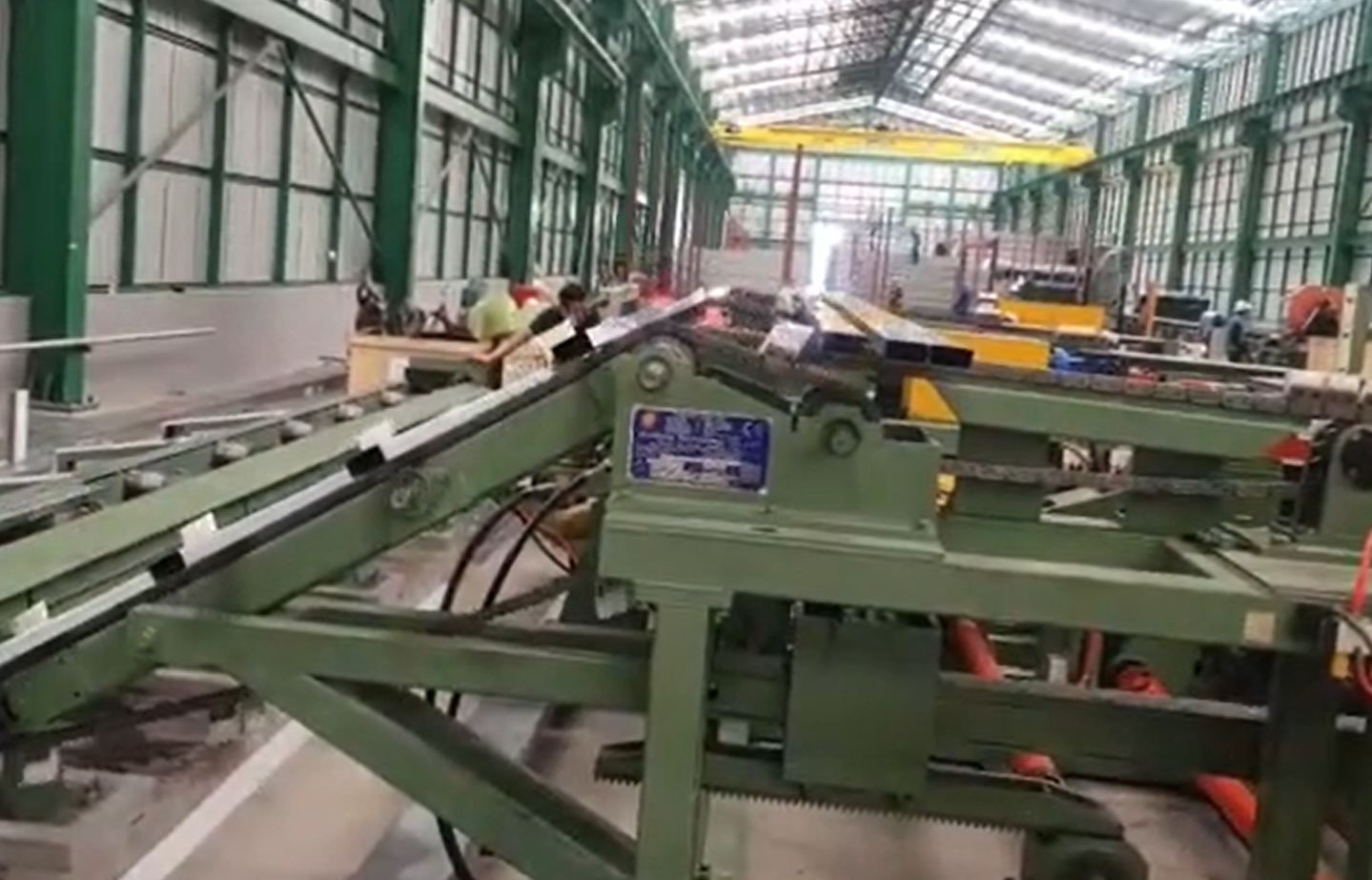
- Infeed Conveyor Systems: Transporting profiles from preceding operations.
- Profile Detection & Orientation: Sensors (photoelectric, laser, vision systems) identify profile type and position, enabling correct orientation for stacking.
- Handling Mechanism: Employing robust mechanical, magnetic, or vacuum grippers specifically designed for secure handling of various steel shapes and weights.
- Layer Formation & Stacking Unit: Precisely placing profiles layer by layer, often incorporating programmable logic controllers (PLCs) for complex stacking patterns and dunnage placement if required.
- Outfeed System: Transferring completed bundles for strapping, storage, or shipping.
Key Features and Operational Advantages
Modern Steel Profile Stacking Lines offer a suite of features designed for demanding industrial environments:
Versatility in Profile Handling
Engineered to manage a diverse range of structural steel shapes and sizes, including:
- Angles (L-profiles)
- Channels (U-profiles, C-profiles)
- I-beams and H-beams
- T-bars and Flat Bars
- Square and Rectangular Hollow Sections (SHS/RHS)
- Pipes and Tubes (depending on system configuration)
Adjustable guides and programmable handling parameters allow for quick changeovers between different profile types, maximizing system uptime.
Enhanced Throughput and Process Flow
Automation drastically reduces stacking cycle times compared to manual methods. Research in manufacturing automation consistently shows significant throughput gains (often exceeding 50-70% reduction in handling time) by optimizing material flow and minimizing idle time between processes. Consistent, precisely stacked bundles facilitate faster downstream handling and logistics.
Improved Workplace Safety and Ergonomics
By automating heavy lifting and repetitive motions, these systems directly mitigate ergonomic risks, contributing to a safer work environment. Integrated safety features, such as light curtains, safety interlocks, E-stops, and physical guarding, comply with stringent industrial safety standards (e.g., ANSI/RIA R15.06).
Robust Construction and System Reliability
Built using high-grade structural steel and durable components, these lines are designed for longevity in harsh fabrication settings (dust, temperature fluctuations, vibration). Reduced reliance on manual labor also translates to more predictable and reliable operational performance.
Seamless System Integration
Designed for integration into larger production workflows, these stacking lines can communicate with upstream cutting/processing equipment and downstream bundling/strapping systems. Control systems often feature HMIs (Human-Machine Interfaces) for ease of operation, diagnostics, and production monitoring, potentially linking into plant-wide MES or ERP systems as part of Industry 4.0 initiatives.
Technical Specifications Overview
While specific parameters vary by model and manufacturer, typical specifications often include:
- Profile Types Handled: As listed above, specify range.
- Profile Dimensions: Min/Max Length (e.g., 3m - 18m), Width, Height.
- Maximum Bundle Weight: e.g., 3 tons, 5 tons, 10+ tons.
- Stacking Cycle Time: Profile-dependent, typically optimized for speed.
- Control System: PLC-based (e.g., Siemens, Allen-Bradley) with Touchscreen HMI.
- Power Requirements: e.g., 480V/3Ph/60Hz or local equivalent.
- Operating Environment: Temperature and humidity tolerance.
- Optional Features: Automatic dunnage placement, integrated weighing, bundle strapping integration, data logging.
Driving Fabrication Excellence
Investing in a Steel Profile Stacking Line moves beyond simple automation; it's a strategic step towards optimizing the entire fabrication value chain. As highlighted in industry publications like The Fabricator, minimizing non-value-added handling time is crucial for competitiveness. Benefits translate directly to the bottom line through:
- Reduced Labor Costs: Reallocating workforce to higher-value tasks.
- Increased Output: Enabling faster overall production cycles.
- Minimized Material Waste: Reducing damage during handling.
- Improved Logistics: Creating stable, transport-ready bundles.
- Enhanced Safety: Lowering injury rates and associated costs.
In conclusion, the automated Steel Profile Stacking Line is an indispensable asset for modern steel fabricators and service centers aiming for higher efficiency, improved safety, and enhanced process control. Its robust design, advanced automation capabilities, and operational flexibility provide a compelling return on investment and a foundation for future growth.
To explore how the Steel Profile Stacking Line can optimize your specific operations and integrate into your existing workflow, please contact us for detailed specifications and consultation at info@fhopepack.com.

